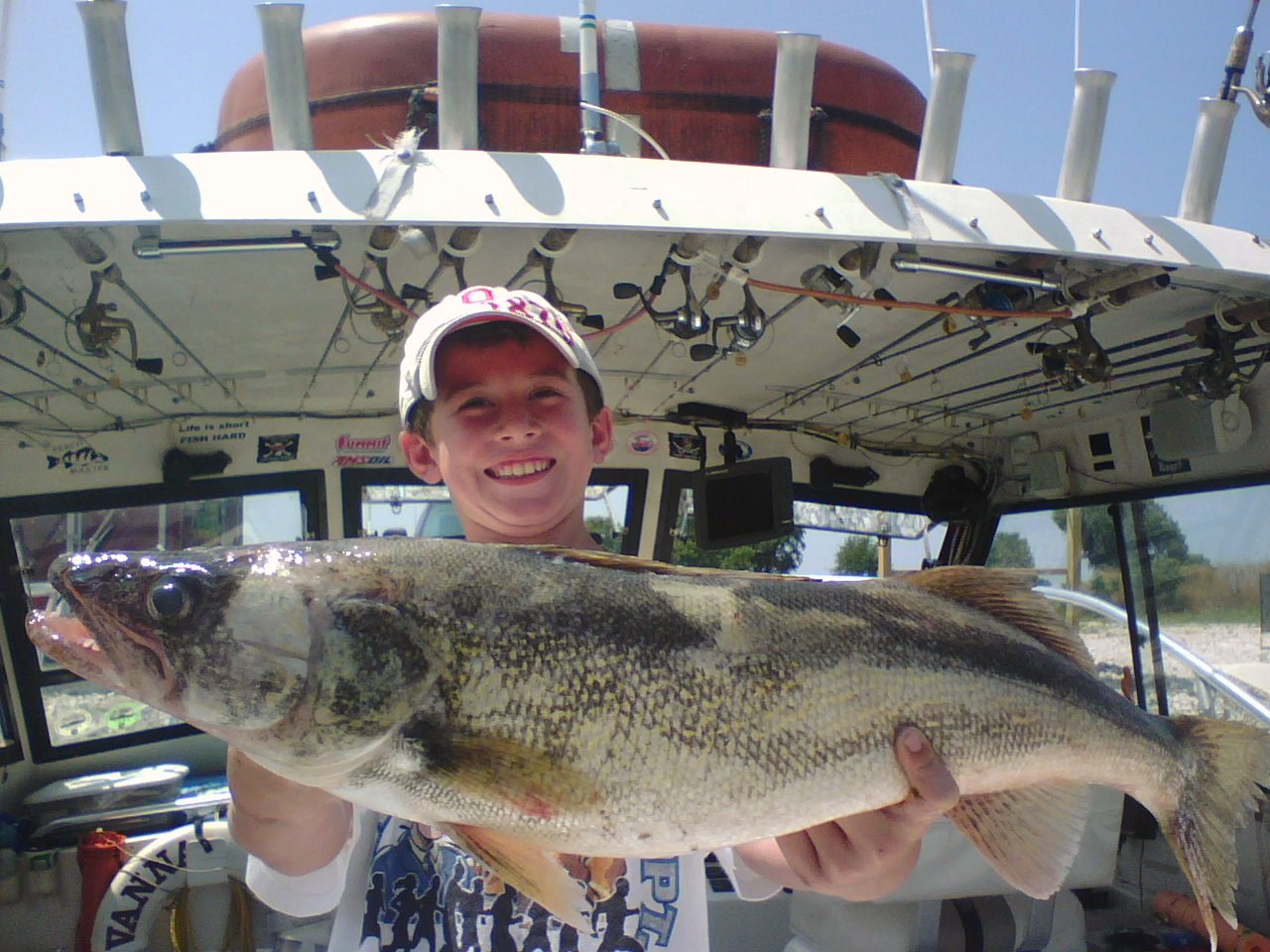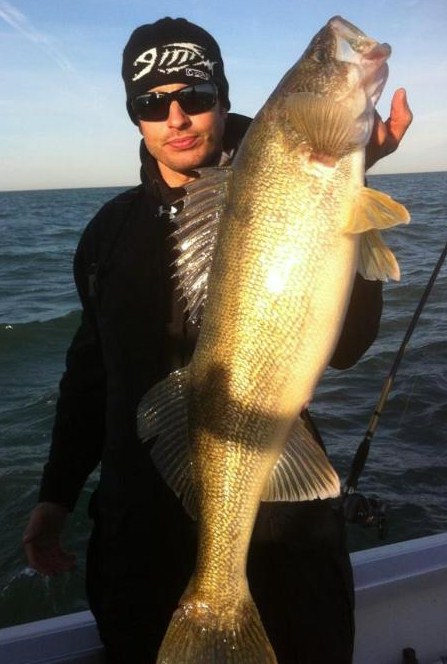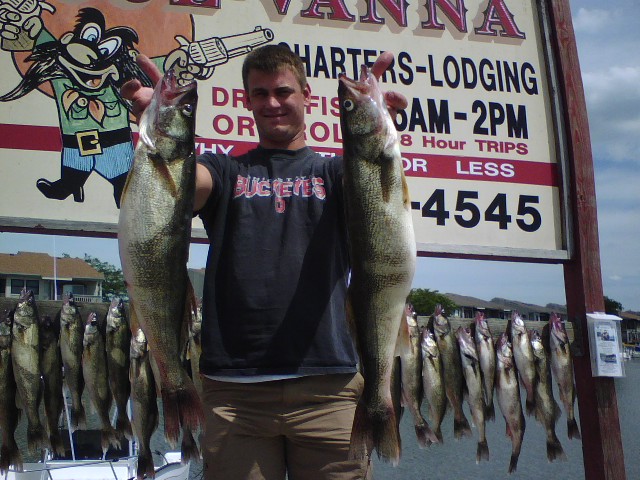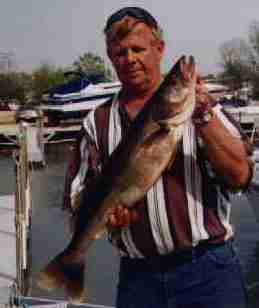Lake Erie Walleye Fishing
 lake erie walleye fishing
lake erie walleye fishing Lake Erie Trophy Walleye are Common on Lake Erie
The Eating Habits of Walleye in Lake Erie
So far, we've uncovered some interesting facts about Walley Habits in lake erie. You may decide that the following information is even more interesting.
This species of fish was reproduced artificially for many decades and has been gradually introduced in waters that did not contain the species. They are named 'walleye' because their eyes reflect light. Just like cats, the walleye eyes allow them to see well in the dark. The walleye is reputed as the best tasting freshwater fish, and as a result is fished commercially and recreationally.
Lake Erie, one of the five Great Lakes, is the tenth largest lake globally. It is bordered by Ontario (Canada), New York, Pennsylvania, Ohio and Michigan.
The lake derives its name from the Erie tribe of local Americans who lived along its shore. Much of Lake Erie's water flows via the Detroit River from various tributary rivers. The rest of its water comes from rain. Lake Erie is the least deep of the Great Lakes and is particularly in danger of irregular water levels.
The lake has good temperatures and is the most productive of the Great Lakes, and the Lake Erie walleye fishery has been reputed as one of the best in the world. The lake has been the source of great industrial development through waterborne navigation, commerce, power production and manufacturing.
An examination of the eating habits of walleye first requires an understanding of the fish itself. Their growth goes from a fertilized egg to a little fish about 1 1/2 to 2 inches in late spring and by fall it grows to 4 to 6 inches. As they grow, the diet of walleye changes very rapidly from invertebrates to fish.
Since walleye never stop growing, they have to eat almost constantly. Walleye are normally found in waters of moderate temperature, usually between 60-70 degrees, because this is their feeding temperature. Walleye can be found feeding in different parts of the lake depending on the time of year or the season. For example, in the spring they are known to gather in bays that are rough or sandy where the wind can produce waves.
The bays provide a suitable area for the laying of their eggs. They are known to feed more aggressively during the mating season. Walleye have a habit of hiding around structures such as reeds, trees, rocks and ledges where the food they consume is normally in abundance. They hide around such structures as they wait for their prey to swim by.
The walleye are not choosy eaters and in many cases they will eat anything that they can get their mouth on. Their main diet in Lake Erie is thread fin shad.
They are even known to be piscivorous, meaning that they eat other fishes, including other walleye. Yellow perch is a common target, as are fingerlings of almost all other fish. Walleye have sharp, pointed teeth and are predatory feeders, eating worms, insects and crustaceans when available. When immature, the walleye only eat crustaceans and diverse insects and insect larva until their bodies and teeth are ready for eating more difficult prey.
Now you can understand why there's a growing interest in Walleye Habits in Lake Erie. When people start looking for more information about Walleye Habits in lake erie, you'll be in a position to meet their needs.
 lake erie fishing charters
lake erie fishing charters  walleye charters on lake erie
walleye charters on lake erieLake Erie Walleye in the 2 to 4 pound class are common, trophies 8 to 14 pounds are no surprise. They not only offers a challenge to the beginner or pro - it's some of the finest table fare anywhere. The season begins in April and runs through October with June and July being prime. In late August we move the boat to the central basin following the large fish. The last few years the fall and late summer (September-October) has been spectacular! This is also a great time for Smallmouth Bass. If you want to try for big fall fish, or maybe a combo trip, give us a call.
Thousands are awarded yearly.
 Captain Bob Summers Gone but not forgotten.
Captain Bob Summers Gone but not forgotten.